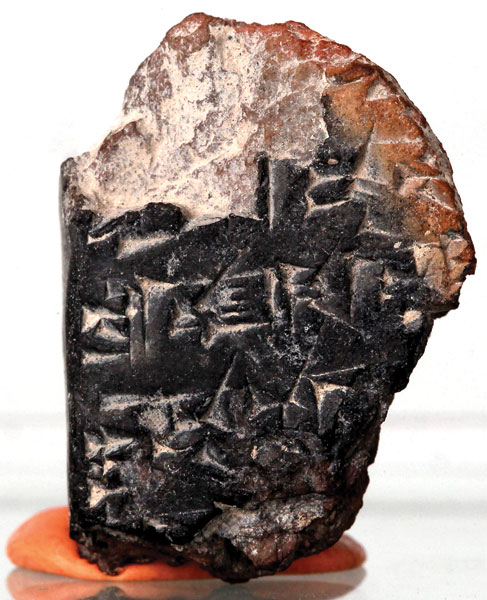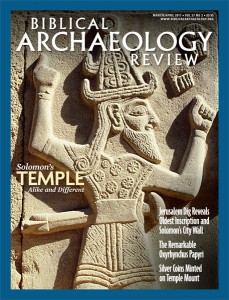
The small piece of inscribed clay has now been studied by leading Assyriologists Wayne Horowitz and Takayoshi Oshima, who report that it is a fragment of a 14th-century B.C.E. tablet, making it the oldest writing ever discovered in Jerusalem, predating the previous contender, the famous Siloam Tunnel inscription, by at least 600 years!1
The fragment preserves only traces of nine lines, five on one side and four on the other. It was originally part of a larger tablet written in the Akkadian language (the diplomatic lingua franca of the time), but this is all that has survived. The preserved signs include “you,” “you were,” “to do” and “they.” With so little to work with, the scholars admit, they cannot restore even a single full phrase with any certainty. The fragment is thought to be part of an archived copy of an official letter written from a Canaanite king of Jerusalem to a pharaoh of Egypt. Although the fragment does not preserve any names or titles, the scholars believe its finely formed wedge-shaped characters could have been produced only by someone with considerable scribal training in cuneiform and knowledge of Akkadian: “The scribe of the Jerusalem fragment seems capable of producing high-quality international-standard scribal work,” the scholars note.
Already a library member? Log in here.
Institution user? Log in with your IP address.

